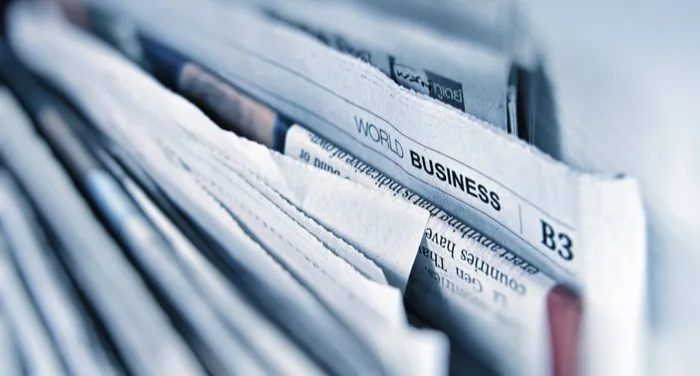
Penguin Random House To Buy Simon & Schuster
The Big 5 publishing houses have decreased once again, as Penguin Random House (owned by parent company Bertelmann) outbid Harper (owned by Rupert Murdoch) to acquire Simon & Schuster. Penguin Random House will pay $2 billion dollars for the company.
Simon & Schuster was put up for sale by owner Viacom CBS in March in the early weeks of the pandemic.
This new acquisition would create the first megapublisher in Penguin Random House and has begun to raise concerns related to anti-trust laws. Penguin Random House is the largest publishing company in the U.S., while Simon & Schuster is the third, and this acquisition means an even larger footprint for the new owner. The acquisition would mean Penguin Random House owns roughly 30% of the publishing business.
Simon & Schuster began as a crossword puzzle company in 1924, founded by Richard L. Simon and M. Lincoln Schuster, and has grown to 30 publishing units. Among the titles in its backlist are those by Ernest Hemingway, Edith Wharton, and F. Scott Fitzgerald, alongside modern writers like Stephen King, Don DeLillo, and Bob Woodward, among others.
The publishing industry fears such a conglomerate could stifle new and innovative work, as profits of blockbuster titles will be the focus of sales. Likewise, a larger publishing company can favor better placement in chain bookstores both physical and online, leaving readers with an ever-decreasing range of titles to peruse and discover.
It’s likely Simon & Schuster will continue to lose members of its company, with editors and marketing teams likely the first to be laid off. Back in May, the company reorganized its children’s publishing into two distinct branches: one focused on picture books, middle grade, and YA, and a second focused on branded books for young readers. This meant the loss of popular imprints like Simon Pulse, which was shuffled until the first umbrella, and the loss of the VP and Publisher of Simon Pulse and Aladdin books.
Keep your eyes peeled as this story develops.











